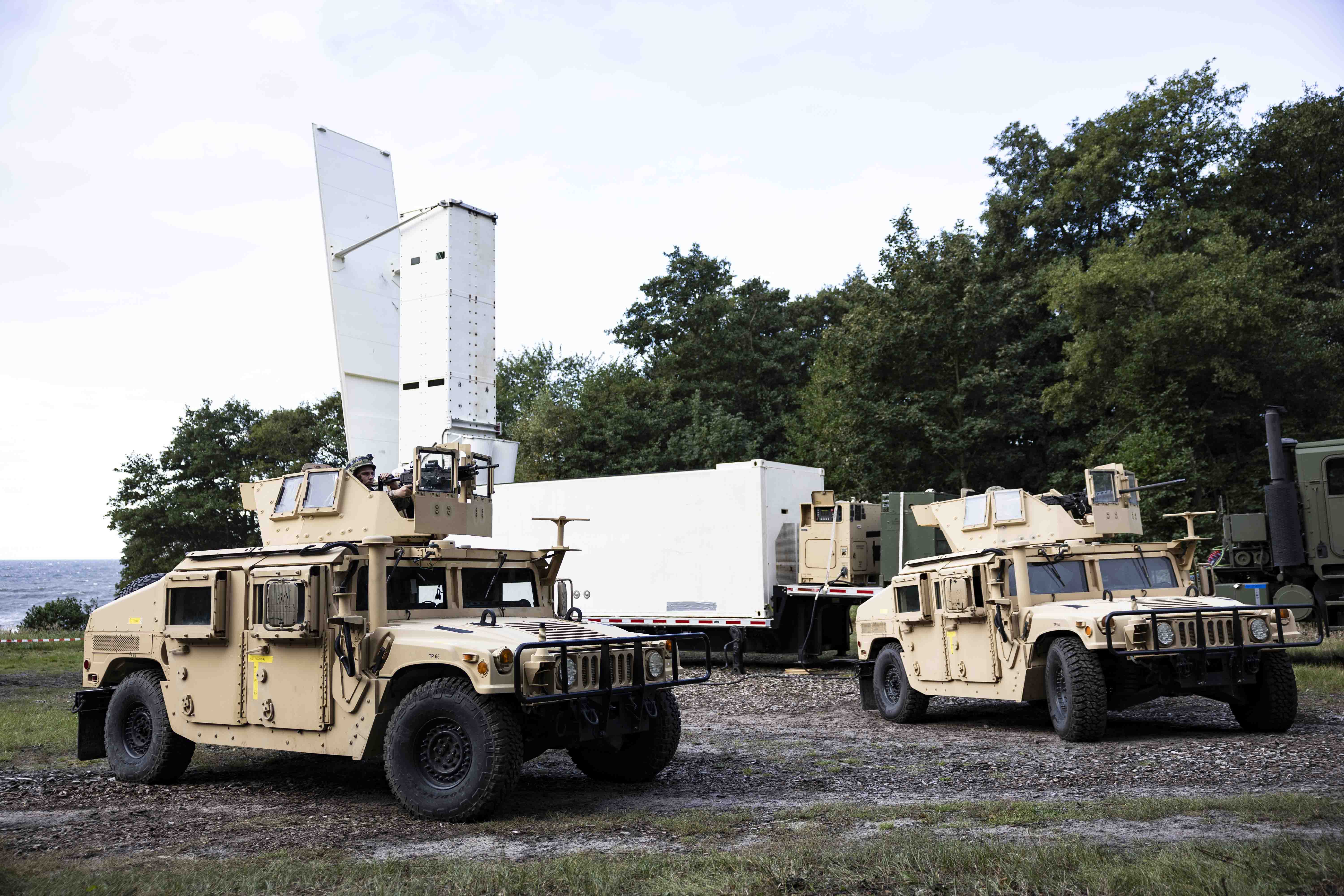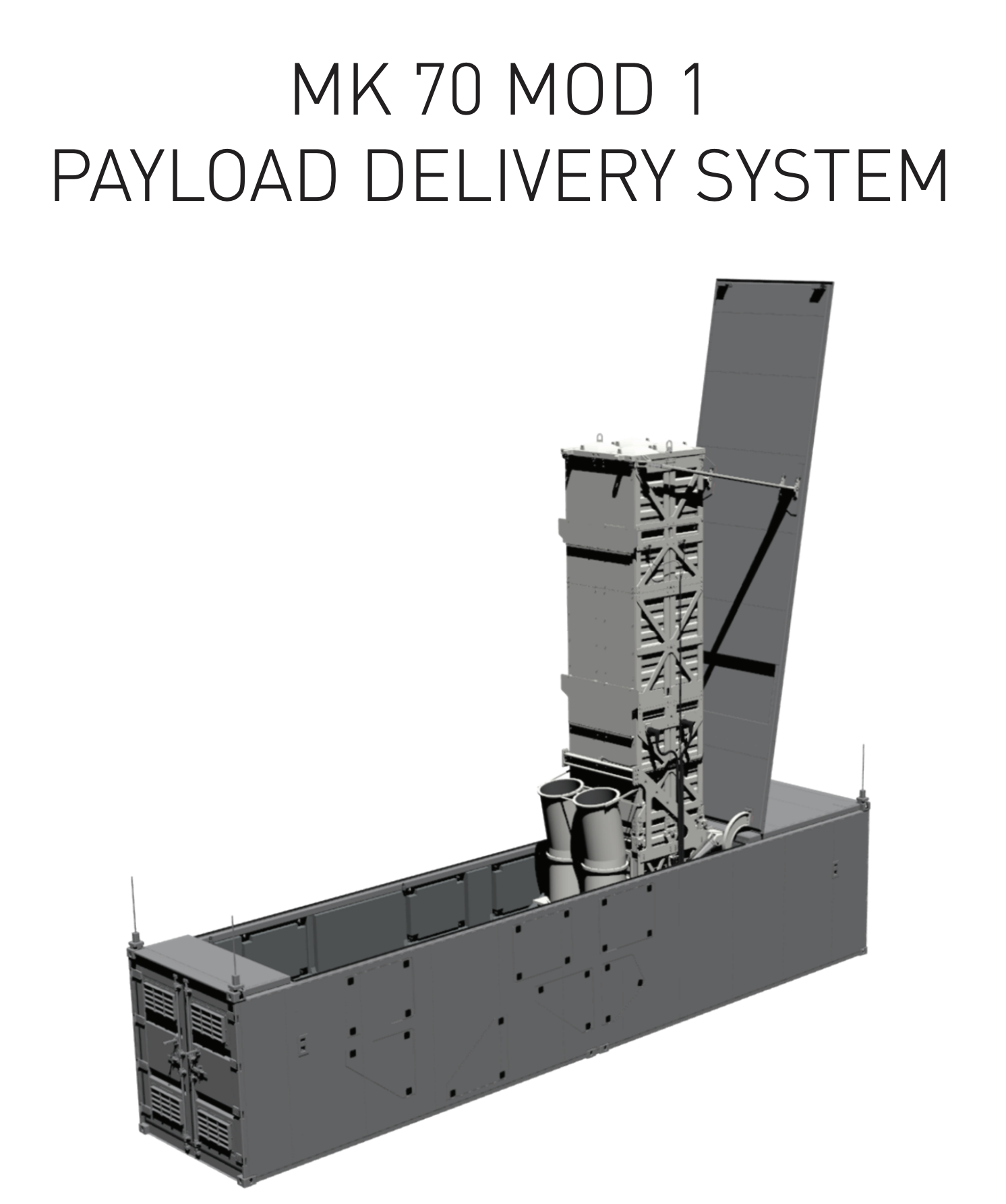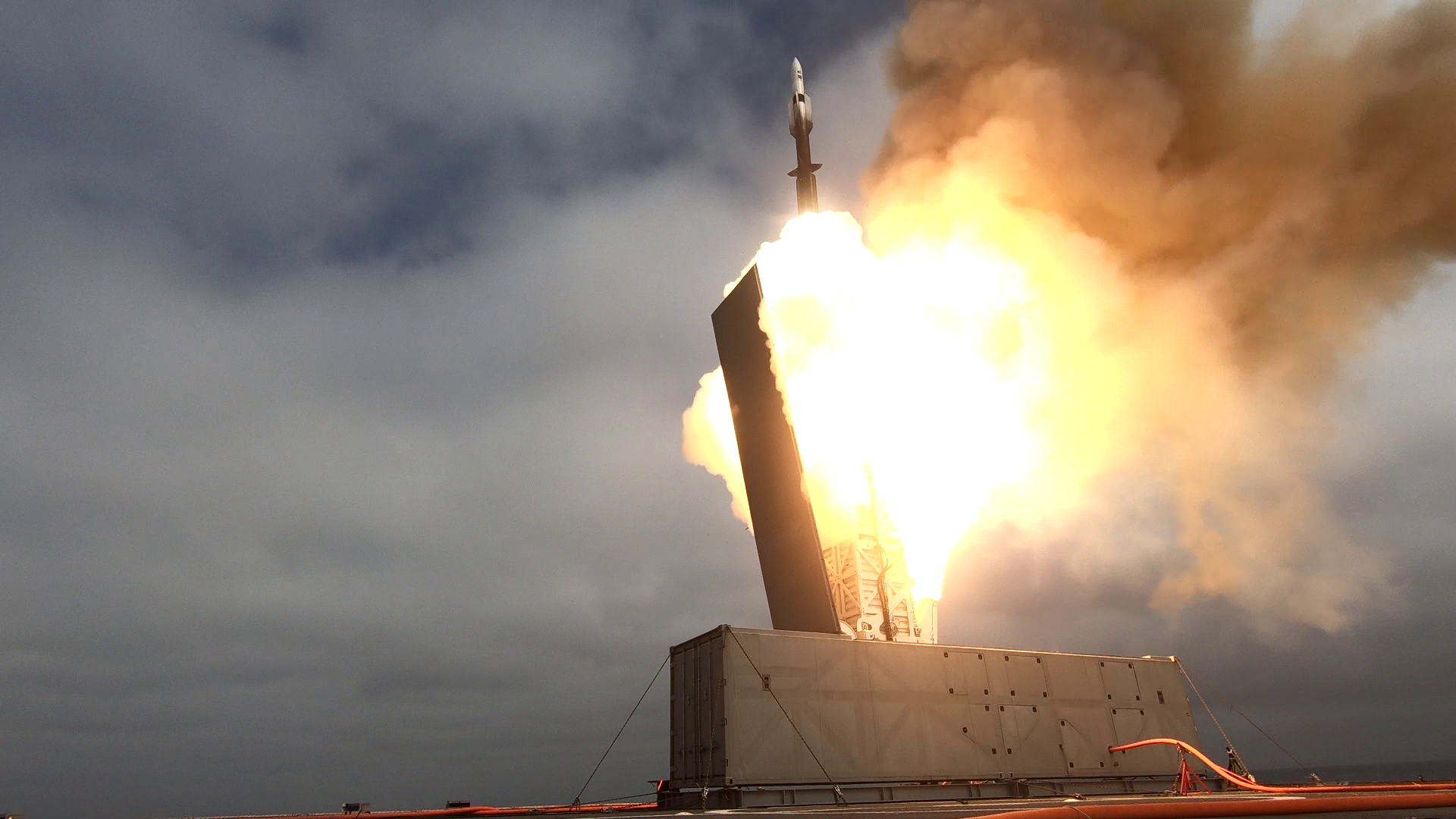
Last week, the Army stood up its second Typhon battery at Joint Base Lewis-McChord, Wash., based on launchers used on Navy guided-missile warships.
Delta Battery is the latest missile unit to join the 1st Multi-Domain Task Force’s (MDTF) Strategic Fires Battalion. Composed of batteries from the 5th Battalion, 3rd Field Artillery Regiment, Delta Battery is slated to operate the ground-based Typhon missile system. Also known as the Strategic Mid-Range Fires System, its Tomahawk and SM-6 missiles cover the range gap of 310 to 1,800 miles between the MDTF’s Precision Strike Missile and Dark Eagle Long-Range Hypersonic Weapon
During the activation ceremony, Lt. Col. Benjamin Blane, commander of the 5th Battalion, 3rd Field Artillery Regiment, emphasized Delta Battery’s capability and contribution to deterrence the Indo-Pacific.
“The activation of Delta Battery, 5-3 FA expands our Long-Range Fires Battalion capacity to support our Joint Indo-Pacific Mission – providing a credible, land-based maritime strike capability. Elements of this battery are already projected to operate in the Pacific later this year,” said Blane in the activation’s press release.

U.S. Army Pacific commander Gen. Charles Flynn told reporters that Typhon will be deployed to the Indo-Pacific in 2024, but did not specify where.
While this is the second battery activated by the Army, no statement can be found on the creation of the first battery. Moreover, the press release states that Delta Battery is the “second battery activated as part of the Army’s 1st Long-Range Fires Battalion,” which implies that the 1st MDTF now has at least two Typhon batteries.
According to the Army’s organization of these units, each is supposed to have one battery. However, the service has also noted that MDTFs can be adjusted to their combatant commander’s requirements with more or fewer units.
Last year, the Army received the first Typhon battery and conducted both Tomahawk and SM-6 tests from the system. The Army announced the program was awaiting the delivery of the other four batteries as well as moving to a program of record during last year’s Space and Missile Defense Symposium.
With the Indo-Pacific’s vast maritime domain, the Army has made arguments justifying their relevance to the theater. Through the deployment of land-based Tomahawks and SM-6s, the “counter maritime capability” was highlighted by Blane.
“So ultimately, we strive to deter the next fight. But if this is unsuccessful, I know that this unit stands ready to complete its mission of providing counter maritime capability in the Pacific,” said Blane.

The Army, Navy, and Marine Corps have been experimenting with and deploying various land-based missile systems. In Europe, the Navy recently deployed two containerized SM-6 missile launchers during an exercise in Denmark. Another missile launcher, based on the same system deployed by the Army, was also spotted on the flight deck of USS Savannah (LCS-28) last year.
In contrast to their bulkier Army and Navy counterparts, the Marine Corps has opted to deploy Tomahawks on the Long-Range Fires Launcher, which uses an unmanned joint light tactical vehicle. The service activated its first battery last year.
Development on these systems began in 2019 following the U.S. withdrawal from the Intermediate-Range Nuclear Forces treaty that previously restricted deployment of ground-based missiles with ranges between 500 to 1,000 and 1,000 to 5,500 kilometers.
With the upcoming deployment of these systems five years later, there is more development to be done, which was stressed by Delta Battery team leader Capt. Michael Geissler.
“Throughout this year, this battery will face the challenges that come with forming a combat credible force in the Pacific with a new unit and a new weapon system. We will overcome and succeed through each of these challenges together to help us prepare for the greater challenges ahead,” said Geissler.
Dubbed the “centerpiece of Army modernization,” the 1st MDTF was activated in 2017 as the ground branch looked to defeat the anti-access, area denial networks set up by adversaries such as China and Russia. Designed as a theater-level formation, the MDTFs provide their assigned combatant commands with electronic warfare, space, cyber and kinetic capabilities through flexible task forces. Existing formations include the 1st MDTF based in Washington, the 2nd MDTF in Germany and the 3rd MDTF in Hawaii.
While original plans slated a dedicated MDTF for the Arctic, Army leadership reportedly is looking at adding another for the Indo-Pacific. The fifth and final planned task force will be based in the continental United States for global response.





